TABLE OF CONTENTS
Check out our growing weed for dummies guide for an in-depth look at how to grow cannabis for the first time. If you're a complete gardening beginner, you can still learn how to grow weed fast and on a budget. All you need are the right tools and growing techniques to get your garden off the ground.
Setting-Up Your Cannabis Garden
Let's start with the basics. In order to start your own cannabis garden, you're going to need enough space to house 1 or more plants. This could be an unused closet, corner of the bedroom, garage, or backyard.
Outdoor Weed growing
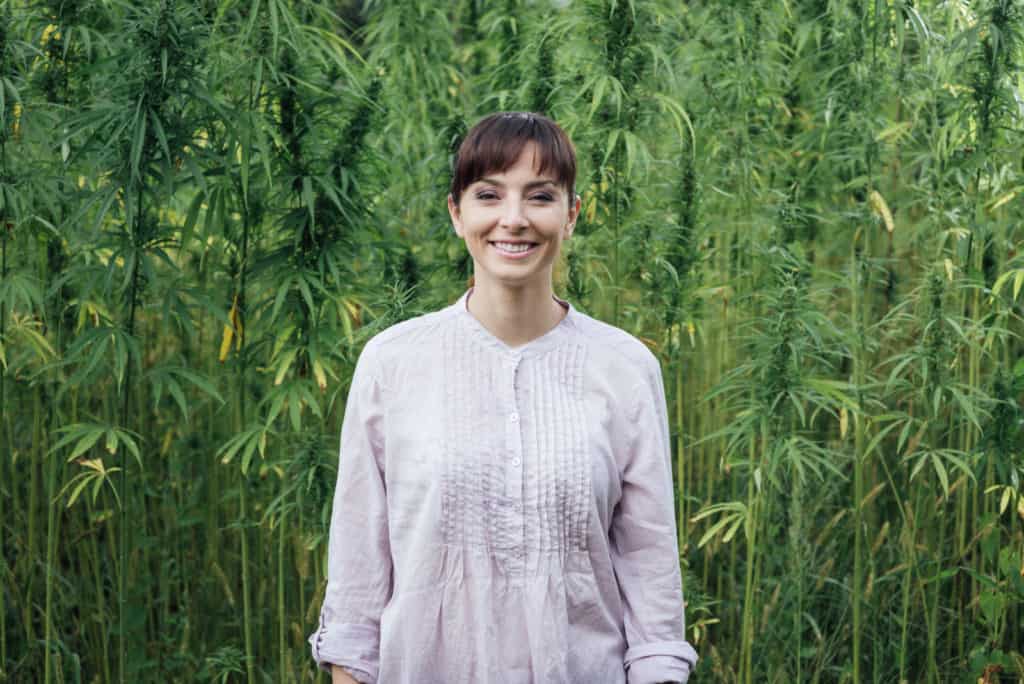
Make sure to check your local ordinances to ensure you are legally allowed to grow outside. Most towns that do allow outside gardens require growers to keep them in an enclosed and secure space. A greenhouse is a great way to harness the power of the sun and maintain a slightly climate-controlled environment.
Indoor Weed Growing
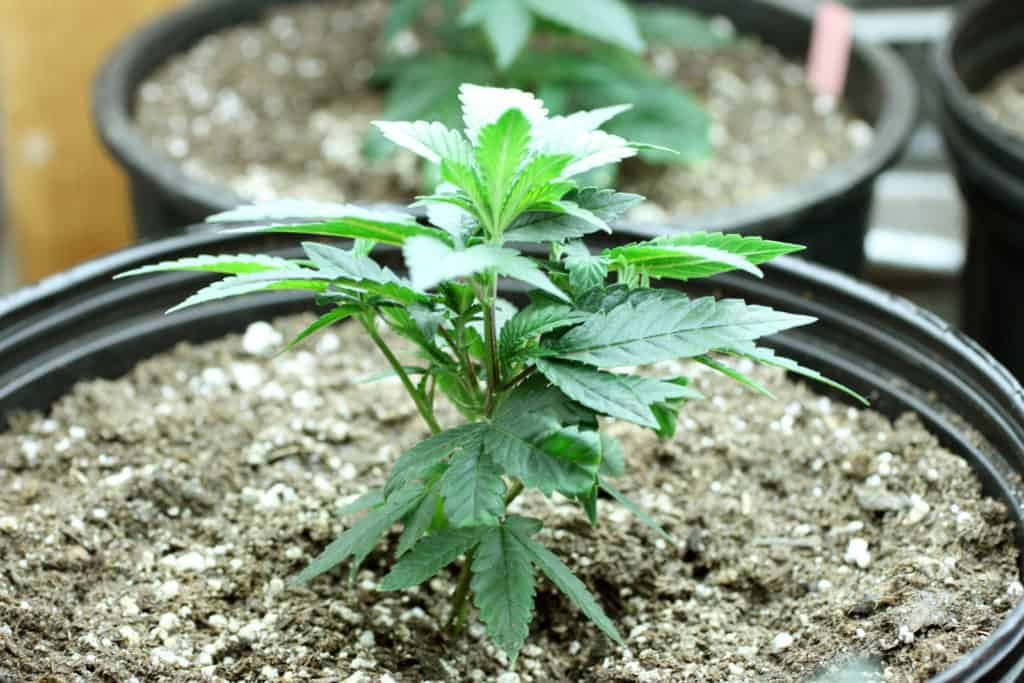
If you're growing indoors, you may benefit from a grow tent or grow box. These self-contained units can come with everything or most of what you need to grow weed. Make sure you choose a tent that can fit in your unused space and can house the amount of plants you want to grow.
In addition, consider the height of your plants. Will your grow tent be tall enough to accommodate them?
A hydroponic system is an alternative to the traditional soil-based method. Hydroponic gardens use an inert growing medium and nutrient-water solution to grow. These systems may be more expensive and complex than the simpler soil-based system.
Good Seed Makes a Good Weed Crop
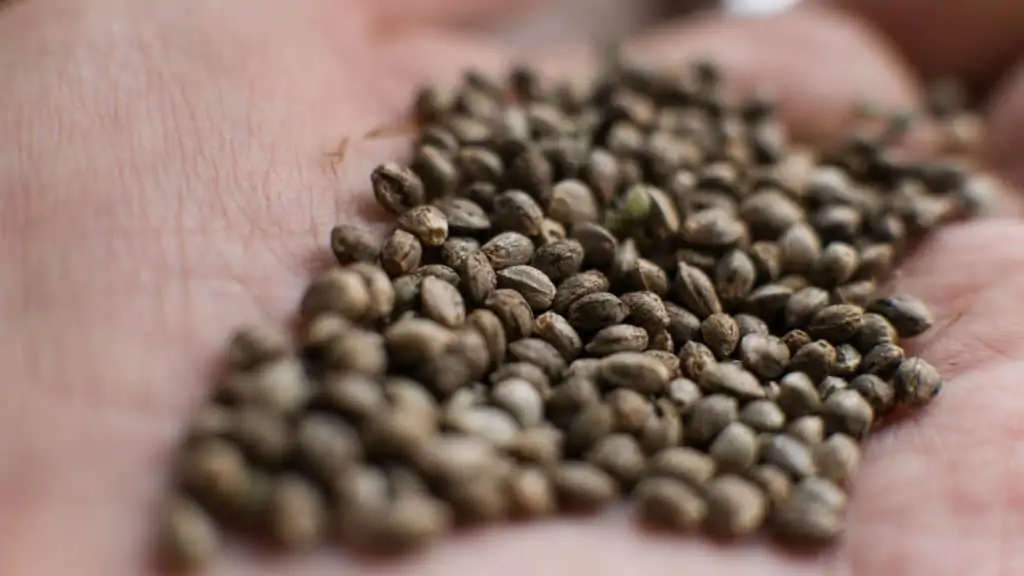
Every cannabis plant starts from a seed. There are hundreds of variations you can choose from including feminized, regular, and autoflowering seeds. Each has a different growing requirement but feminized are easier to work with for beginners. Buy cannabis seeds from a licensed retailer or shop from online seed banks that ship to your location.
Cannabis Plant Container
Cannabis plants need to grow in an area that has enough space for its roots and has good drainage. Generally, a 5-gallon container/pot with drainage holes can do the trick. You may also use a similar sized and shaped container such as a bucket, fabric pot, etc. As long as it has the right drainage system, you won't have issues with mold and root damage.
Buy cannabis grow tents and closets online.
Cannabis Growing Medium
Most new growers start off with a pre-made organic potting soil mix. This is an easy way to get started with a growing medium that has all the right nutrients for your plant. Organic nutrient sources include earthworm castings, compost, bat guano, and more.
Ideally, shop for cannabis-specific potting soils in either a “bloom” or “grow” formula depending on the stage of growth. Each formula has a unique ratio of the most critical macronutrients: nitrogen (N), phosphorus (P) and Potassium (K). Avoid formulas with extended or slow-release nutrients since they can be tricky to work with for beginners.
Germination/Seedling
Growing cannabis from seed requires an initial sprouting stage that can be accomplished in a few ways. One of the best and easiest ways to sprout your seed is using the damp paper towel method. Keeping your seed damp, covered, and cool can be accomplished with a couple of wet paper towels, some paper plates, and patience. Once your seed has sprouted its first green growth, you can transplant it into a larger container.
Bring the Light for Growing Weed
Once your seedling has grown its first leaves, it's going to need plenty of light to keep the growth coming. During the first part of your plant’s growing process, it needs at least 18 hours of light a day. This can be accomplished with a simple fluorescent bulb or an LED lighting setup. Consistent and intense grow lights help it grow its roots, stems, and leaves.
Feed Up
During your plant’s growth cycle, you will need to ensure it has the right amount and quality of nutrients. Buying high-quality fertilizer made for cannabis plants is your best bet. You can also create your own nutrient mix as you gain more experience feeding cannabis plants.
The Vegetative Stage of Cannabis Plants
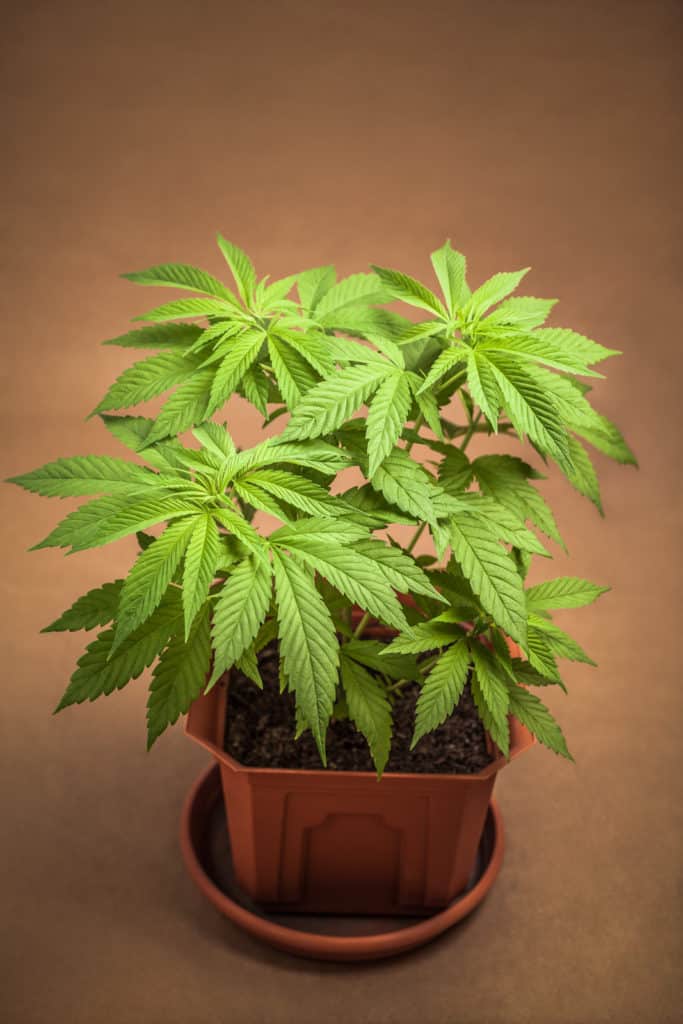
During the vegetative phase, your plant will require plenty of water and care. If the top 1 inch of your soil feels dry, water it. Otherwise, avoid over-watering to reduce the risk of mold and disease formation.
During the stage, maintain temperatures between 70 and 85º F. Make sure your vegetative plants get the right amount of fertilizer. Follow the nutrient brand’s directions or use one-third or one-half of the recommended dosage and moderate as you see fit.
The Flowering Stage of Cannabis Plants
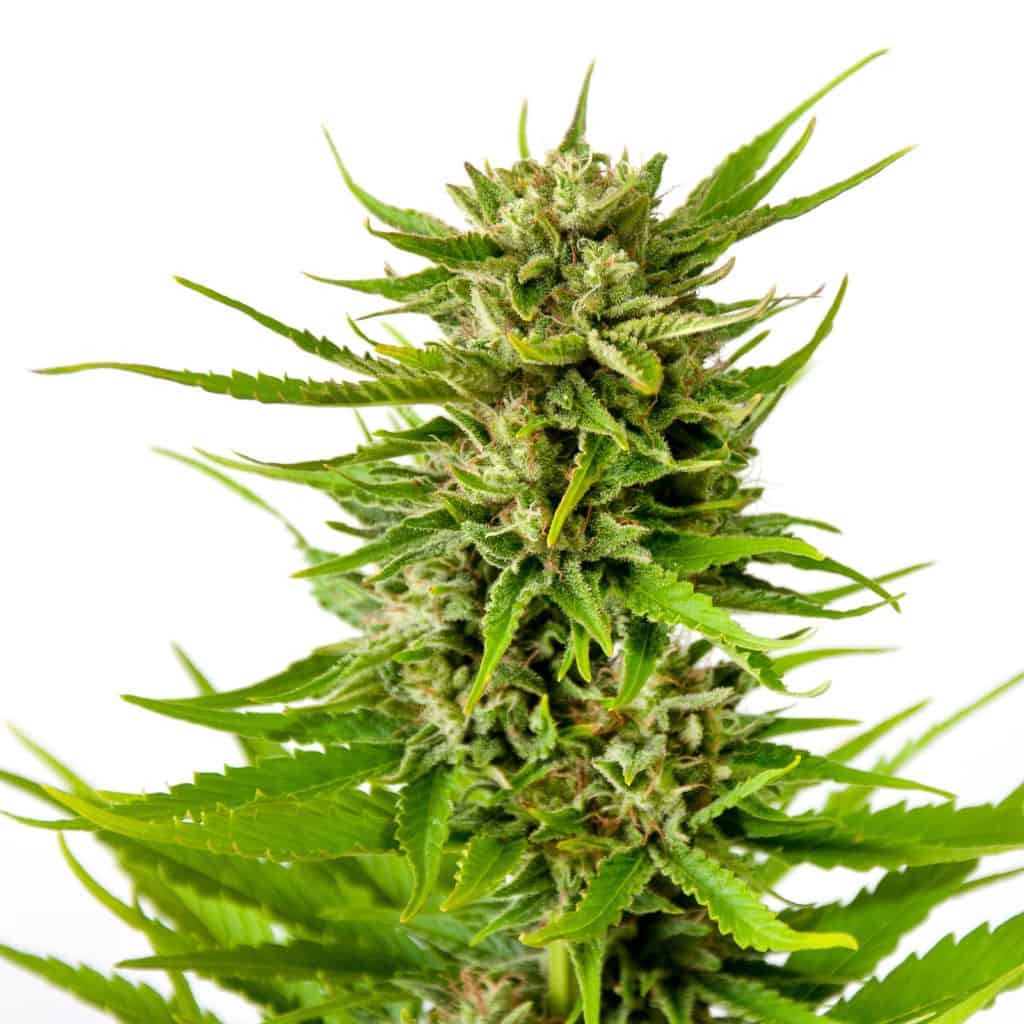
After a certain amount of time or when the light cycle changes, your plants will begin their flowering stage. During the flowering stage, plants receive about 12 hours of light and 12 hours of darkness. Your plants will begin growing its resinous buds until the harvest season.
Harvest, Dry, and Cure Weed
After all those months of waiting for your bud growth, it's time to harvest your crop and refine the buds’ taste and aroma. First, you're going to cut the bud branches from the plants and remove any excess foliage. You'll need to hang the buds to dry in a cool, dark, and dry space. Check up on them every day to see if their stems are soft or firm and dry. When you can hear an audible snap from your branches when broken, it’s time to cure.
After the drying stage, the curing stage helps bring out the strain’s flavors and aroma. All you have to do is keep your buds in an airtight jar, preferably UV protected. Check back every day and open the jars to “burp” them for a few minutes and let the moisture evaporate. After a few weeks or months, your buds will have released the excess moisture and reached their peak freshness.
“
There are over 300,000 jobs in the cannabis industry. CTU trained me for one of them!

Makes $24.50 @ THC +
Master Grower Education
Growing weed is easier than ever, especially with a strong cannabis education. If you want to learn the ins-and-outs of growing huge yields and high-quality buds, enroll in Cannabis Training University’s online cannabis program. Learn from master growers how to grow indoors or outdoors on a budget. You don't need super fancy equipment to get started on your new hobby or career. All you need is a small investment and a desire to learn.
*Some of the links in this article are affiliate links and if you click through them and make a purchase we may receive a commission. We thank you!

Luis Cordova
Luis Cordova is a distinguished author, and renowned expert in cannabis cultivation, who possesses a Master's degree in Plant Biotechnology and Pharmaceutical Science. As a valued contributor to highly esteemed publications such as Cannabis Training University and Maximum Yield Magazine, Luis has emerged as a trusted source of guidance and knowledge in the cannabis industry. Having written thousands of informative articles, Luis is widely recognized for his comprehensive expertise on cultivating cannabis, both indoors and outdoors.


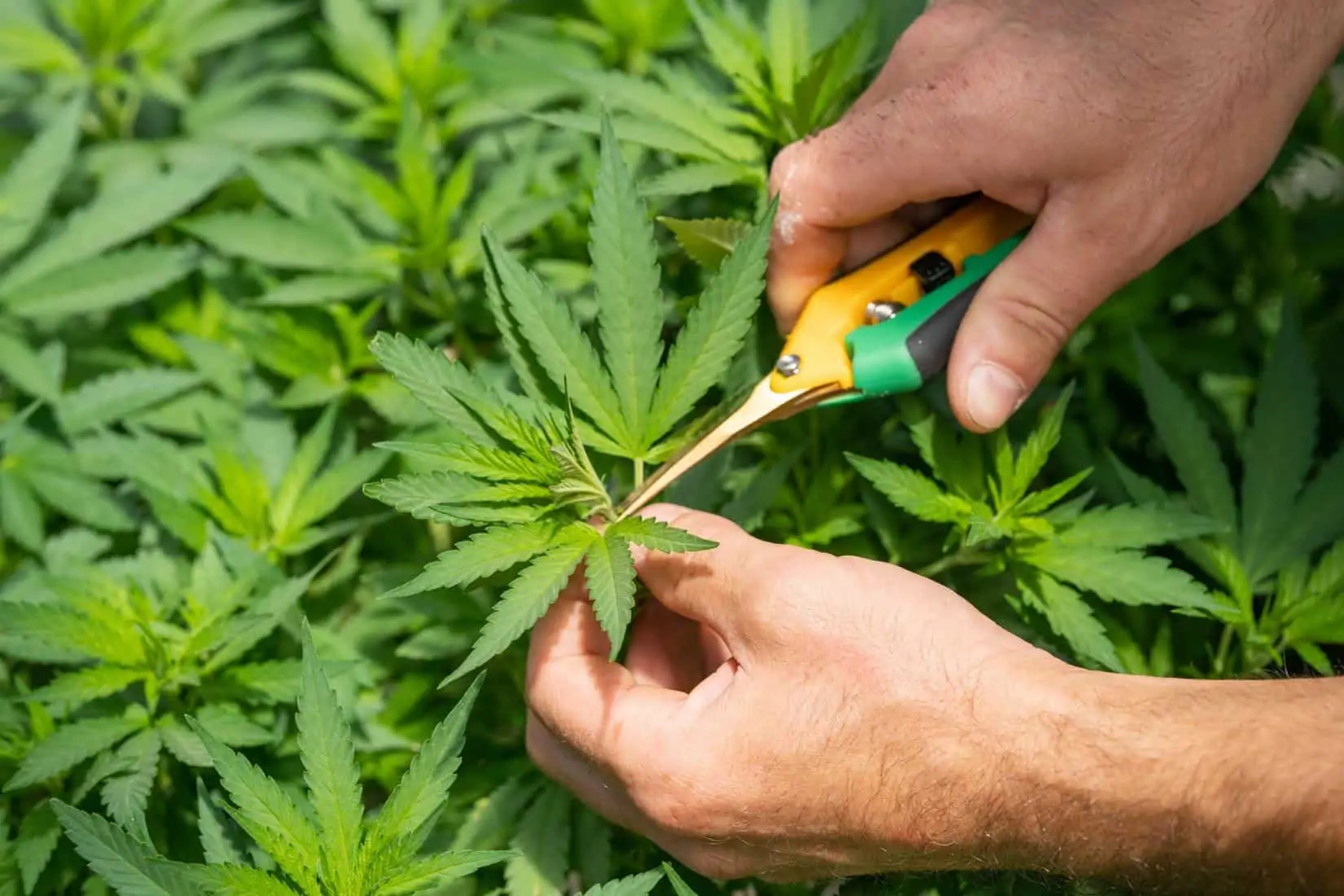






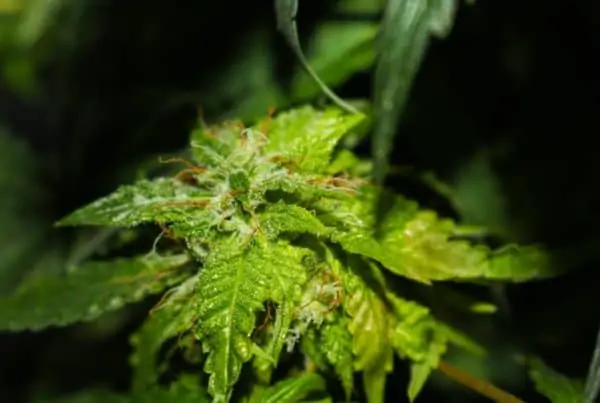
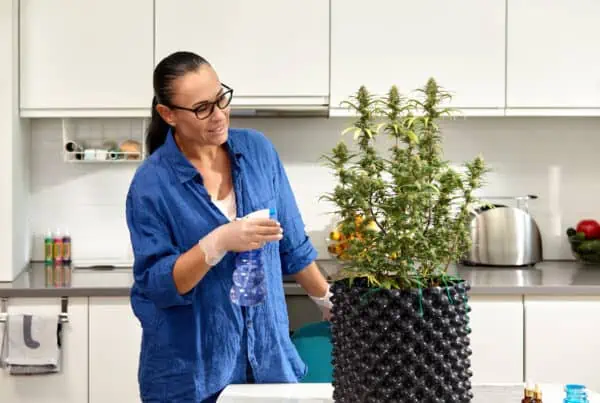

 Jeff was involved in an accident where he endured a traumatic brain injury. He had a week-long stay in ICU where brain surgeons
Jeff was involved in an accident where he endured a traumatic brain injury. He had a week-long stay in ICU where brain surgeons  100% risk free money back guarantee within 48 hours after purchase if student has not completed any of the courses or exams.
100% risk free money back guarantee within 48 hours after purchase if student has not completed any of the courses or exams.